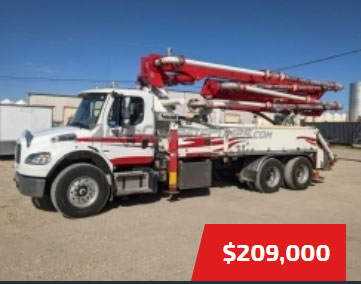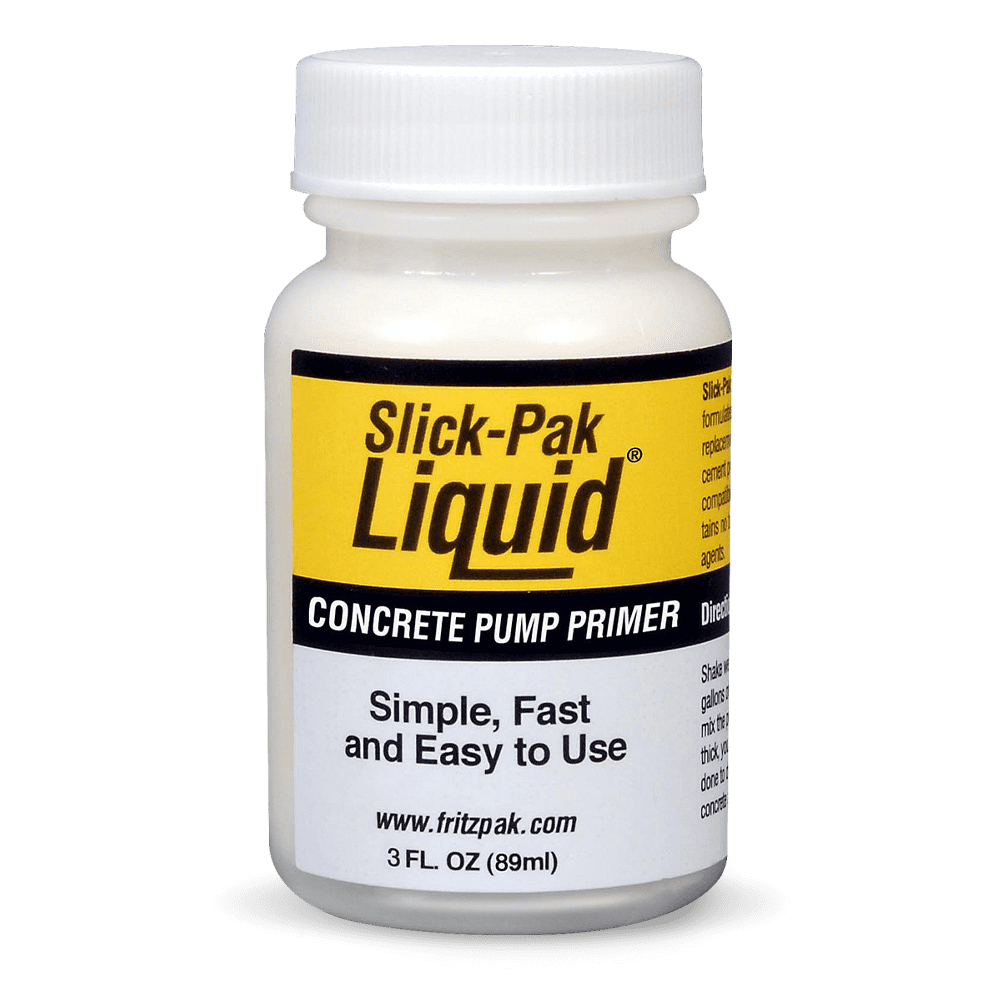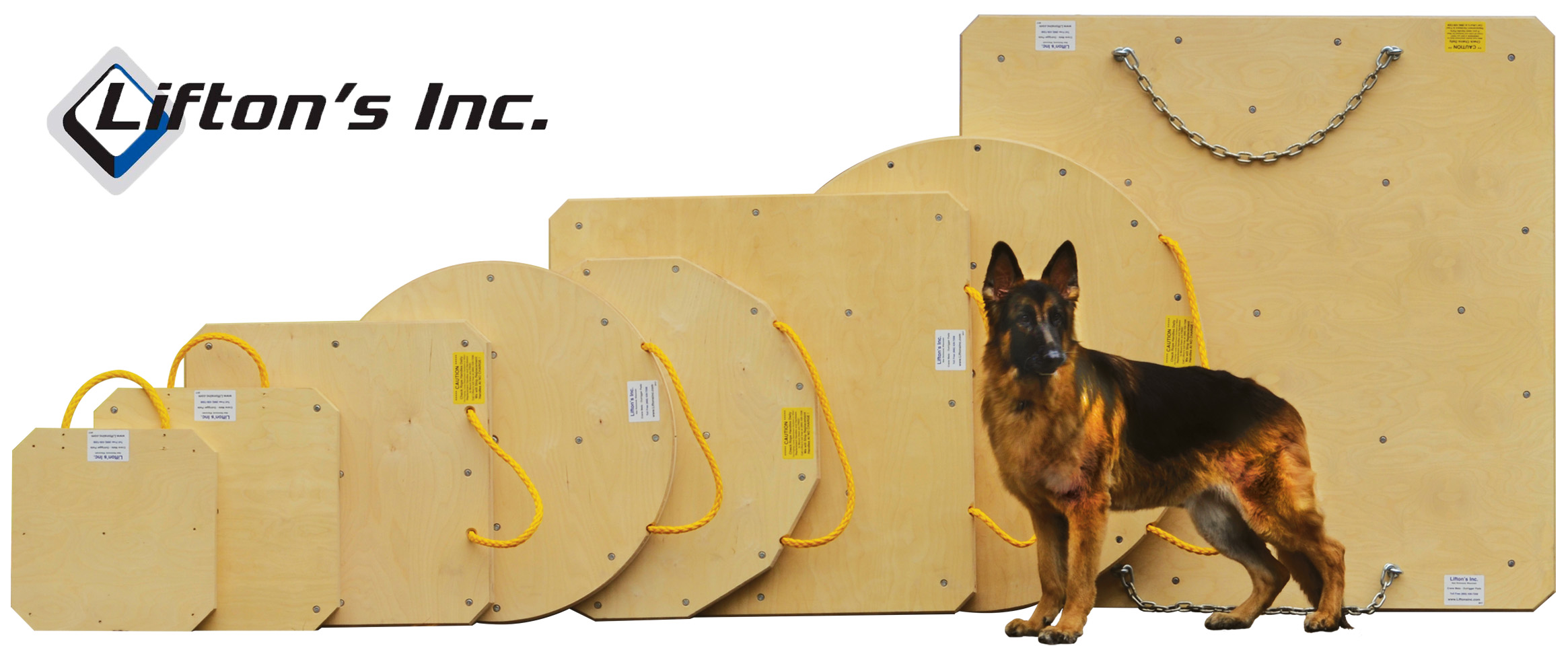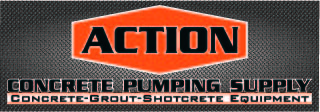Arriving at the Shop/Yard
OK, it’s 4 am. You got enough sleep last night. And your head is not pounding. You were smart enough to avoid getting trashed on a night before a pour. I would hope so. This is a really important step in the process. It shows maturity and responsibility. We as operators are often accused of being less than that. We can change that by simply not doing it! Save it for Saturday night. Now, back to the yard. You made it in on time. Some companies have a plan for the times that you should be in and on the road. If so, follow the plan. It will not kill you to be 15 minutes ahead of schedule. You can never make up being late. If your employer lets you decide how long the drive is and when to be in, get yourself in a routine. For example, I know if I need to be in the yard at 5am, I will awake at 4, leaving the house by 4:30 giving me a chance to stop for coffee and casually drive in. no need to race to the yard. Relax. This is the only time today you will feel rested and peaceful. Enjoy it. Once you turn the key to the pump, peace goes away for the day and work begins. I’m telling you this because it is important to mentally train yourself to resist the stress that you will encounter today and everyday. Be relaxed as you start out and you will be a more patient, together operator. When you start getting in hi gear too soon, the stress seems to pour out of you and spill upon everyone you encounter. There is many annoyances that we will face everyday and it all depends on how you approach these things. If you keep yourself mellow and subdued, it will roll off your back and not be a big deal. Try walking up to your pump 15 minutes late with a hangover and finding the deck pipe in the dirt where the shop left it! See how long you it takes you to stroke out! If confronted with the same situation and you are in good mental state and rested, you WILL deal with it easily. Trust me, this is many years as a walking hangover talking. And about 12 years doing things the way I have described.
OK, we're here and we are on time. What should we do first? The pump. Go start it, check it out. Keep a priority. If there is a problem with the pump, maybe dead batteries, or a flat tire, the sooner you find out, the better the chance you have of dealing with it. The other stuff like maps and directions are pretty useless if you have no pump to drive there! After you have started the truck and walked around (we will get deep into walk around in a minute) then check to see if everything that you need is there. System, clamps, sponges etc. even if you loaded it the day before, look anyway! Every yard I have ever worked always has “pump fairies” that come and rob you during the night. You know it’s them and they are real because “nobody” else would ever take your stuff! I had a manager in Dallas that had a time card once for “nobody”. Every time he heard that story about no body did it, he would estimate how much time it took to do whatever had been done and post it on the time card. You would be surprised how busy “nobody” was; he made almost as much as anyone there did! He worked as much. The point is that this will happen, things will disappear and it is best if you catch it before you get to the job. It will hang over your head forever if you have to call in and ask the office to send out a clamp or a reducer so you can start the job. They will not forget for some time. So, check the gear. Then Look at the directions especially if you have never been there before or its a new site. Check with the other op’s and ask the best way there. Often there are road changes that are not on the map or an entrance to a tract for construction may be on the opposite side of the tract. Ask questions, learn something. Be better. Having done all that, the pump is ready, you know your route and you have all your gear, including personal supplies for the day, you are ready to leave on time. This is extremely important because of the need to remain calm and orderly. When we get in too big of a hurry, we skip steps and cause our own grief. Go slow, take the time, it will pay off.
Now, back to the walk around of the truck. Never skip this step, no matter how late, how sure, or anything! This could save your job and maybe your life! Start at the driver’s door. Just like the DOT manual says to, and start working you way around the truck. Start looking for anything out of order. See wet spots on the ground. Look at the springs, hangers and bolts for the suspension. Look at the wheel lugs and studs. Are they all there? A few years ago we had an older 36 heavy that started to lean toward the passenger side. Everyone assumed that because it was older, that leaning was normal. No body did an inspection of the frame and suspension. They saw nothing because they did not look at This truck. It had 1 broken spring in the rear right side. It was a stack of about 6 springs so it was still up, just leaning a bit. The op that was running it went out as usual and did his job and was returning. When he was 1/2 block away from our yard, he crossed some railroad tracks at about 20 mph. the remaining springs broke. The right duels kissed each other and locked instantly and also turned. The truck took a real hard right turn, rear ended a parked tractor-trailer and pushed it around 100’ with the driver of the parked truck asleep in his compartment. The whole mess took out a concrete sign about 4’ tall x 8’ wide. We estimated that about 160,000 lbs went sliding down the street taking out everything in its path. At only around 20 mph! There is so much inertia that the mass will continue for awhile. Don’t be there. The op was OK, he was pinched in as his cab collapsed upon impact with the parked trailer, however, I am sure he will not forget that ride. Check carefully! Walk around and really see something. Look for cuts on tires, lines dragging, anything that could ruin your day and maybe someone else's. Walk all the way around the truck, every time. Look for system that may fall off on the hi-way. This is a major no-no. if you cause an accident because a hose fell off doing 55 mph and hit a car or a motorcycle; you just had your last good nights sleep for a long time and possibly ended your career. The gear on the truck is your responsibility and you will be held responsible if something falls off and kills someone. If you see anything wrong, correct it. That is why you are in a few minutes early, to have time to do these things. If all is in order, go sit and Bs with the guys for a minute. But, take care of business first. It’s your responsibility, and your job to do so. You will see more when you arrive rested and prepared. This is all a small part of being a professional. Be exactly that.
All right, time to cruise. Got everything? OK lets go. Give yourself plenty of time. Never depend on a 45-minute drive taking 45 minutes. Always assume that there is traffic or road repair and it may take a little longer. It’s to your benefit. Never hurry. If you must go as fast as you can, you are already screwed up. When you are speeding in a 60,000 LB truck, your chance of stopping quick are zero. If you follow the previous suggestions, you won’t be in this situation. Also, when running behind, we tend to get pumped-up as we start thinking of the potential consequences of being late. Concrete already there, a really hostile customer, and last but not least, your own office! These people all put their trust in you to do what you are supposed to do for them. This work is always set up according to a schedule and being 30 minutes late can cause the redi-mix supplier to send his trucks elsewhere and ignore your job-site. You can loose loads or have hot mud to pump. Your customer will love that. You can create a mountain of trouble if you are only a few minutes behind. But, if this occurs, don’t try to make up the time by flying down the freeway. You may not get there at all. Drive as if you had a bomb under you. Be steady and certain. Drive the speed limit. If behind, you have already made one mistake, don’t make another by causing an accident. Always drive safely. While behind the wheel, you must be alert, watching everything that is happening around you. Remember that most of the cars around you do not understand that you cannot stop as fast as they can. Many really believe that because your truck has more axles or wheels, that you can stop better. We know better. I don’t know how many times I have had to explain this to someone outside the business. Watch the road way ahead of you. See what is going on 1/4 mile ahead at least. Don’t drive seeing only the 40’ in front of you. That won’t tell you when to start slowing down for merging traffic or help to see something laying in the road. Move your vision back and forth to see everything between you and where you would stop if you had to try right now. Pay attention! Know where you are going. If you are unfamiliar with the area you are working in today, look for streets before and after the one you are looking for. This will help you to know if you are getting close or even have passed it. Freeway exits too. Know the exit before the one you want so you will have time to get over safely and exit. While driving down the freeway, watch the mirrors and look for anything that may be getting ready to fall off. Look for hoses dragging or your water hose trailing behind you. This stuff should be secured with ropes or, I use safety straps to bundle my hoses and tie them to a solid or fixed place on the deck. This will help keep them where you put them and deter the “pump fairies” from robbing your system at night. While driving around residential areas, try to remember that the rest of the world may not be up yet. No dispatcher likes a call from a pissed off neighbor of a jobsite and if you wake them all up, you may get to meet the local law enforcement. The police sometimes will write you and sometimes if they find you on the site, may not allow work to begin until the legal local times for construction. Just be as courteous as possible. If there is any doubt as to the location of your job, stop and look in the map again. There is nothing worse than getting lost. You are looking for trouble and risking a late arrival. If you are not sure, stop and look. Wondering around a residential area will guarantee a visit from the police if you are lost early in the morning and possibly a ticket for weight restriction. Be sure. Again, being a few minutes early will give you time to deal with all these possibilities.
Now we will talk about some problems that may happen while driving.
Blowouts. If you are on the freeway and you have a blow out, say a front tire just pops, don’t jump on the brakes. Have both hands on the wheel and let it slowly drop in speed. If you apply brakes, it is already pulling badly to one side and the brakes will only make this worse. Imagine a left front blowout going around a left curve in the freeway at 60 mph. you are headed toward on coming traffic between heartbeats. Have a good grip on the wheel at all times. This is why you inspect your tires everyday before you drive. If a tire blows on the rear, you may not even feel it right away but will feel a vibration. It will make noise but some trucks are so loud in the cab you might not hear it. You will feel it. Here, you can use brakes because it has minimal effect on you steering. Just gently brake and pull off to a safe stop where you can get it changed. Don’t stop where the tire guy is working with traffic whizzing by at 60mph. Don’t try to drive at freeway speeds with a flat rear, it will come apart and destroy the fenders and leave chunks of rubber flying all over the freeway. You can continue to the job if not too far, just go-slow. Stop if you must and hose the tire down to keep it cool. A flat can also start a fire. The flat rubs against the duel and the friction will be so great that it can ignite. Hose it off and continue. This is best done with the blessing of the office as it can destroy a tire in a very few minutes. Let the management make the call whether to drive on it or park and wait for a tire man. If the tire is destroyed, your pump will work for all week just to pay for the incident. It may not be your fault, but depending on how you handle it, can mean the difference between profit and loss for the company. Remember that if they are loosing money, you are too. Treat the truck like it was yours.
Next, power steering and accessories. Some of these things can fail during the drive. If belt driven, a power steering system will not help at all if the belt fails. You are not man enough to turn that wheel with out power. There are not 4 of you that could drive that truck without the assistance of the power steering. You should carry spare belts for this. Again, having a firm grip on the wheel will keep you off the wall if the system fails. Drive prepared. If you loose air pressure suddenly, start finding a place to pull over. Depending on how old the truck is and the system, you may have only seconds to stop. Trucks have warnings that sound and/or flash when air is low. Look at the gauges often while driving so you don’t have to wait for the warning to alert you when there will be only a few seconds of air left. Notice the air pressure and when it looks low, pay attention. Notice the charge gauge also. Know what normal is for that truck and note a low charge. That can stop your engine suddenly if equipped with electric fuel shut off. Even if it runs, the pump and boom may not work well with a low battery. Again, have a spare belt for the alternator.
Always keep the brakes in adjustment. These are you best friends when driving. Only you know when they are getting loose and need attention. Report anything less than perfect so the shop can repair if need be. Brakes are not optional. They must work or you don’t drive that truck. Period.
Your undivided attention is always required while driving a truck. Watching the road, the traffic and everything around you is essential to your getting to the job safely. Your attention to the truck itself, gauges, sounds, noise’s, vibrations are just as important. It all matters, and it must be the only thing on your mind while behind the wheel.
Remember that a boom pump is top heavy. Take the curves gently and the turns slowly. Never approach an exit at over the posted speed. You may be very surprised to see a U-turn type exit ramp that will not allow a speed of over 15mph. Your truck may rollover while attempting to negotiate this turn at above the posted speed. Your life and that of others near you are in real danger. I have seen the results of such a roll over with a 52m tractor-trailer rig. At under 40 mph, there was enough damage to the pump and boom to keep it at the factory for 6 months and the driver had emergency surgery for a head injury as he was flung around the cab while sliding down the road. Best avoided. Wear your seat belt too.
Whenever you hit a major bump in the road, check the mirrors again; see what may have bounced off. If you are suspicious, stop and look. Nothing that I have described here takes a special effort. It is not extra work or time consuming. It is you job and your responsibility to work and operate in a safe manner.
As we approach our jobsite having an uneventful trip there, we can begin to focus on the task at hand. Why we are here. To pump concrete. We will continue with a section describing the arrival at the job site.
Written By Horton, Lee Published by ConcretePumping.com




















.jpg)
.gif)

.jpg)








.jpg)









